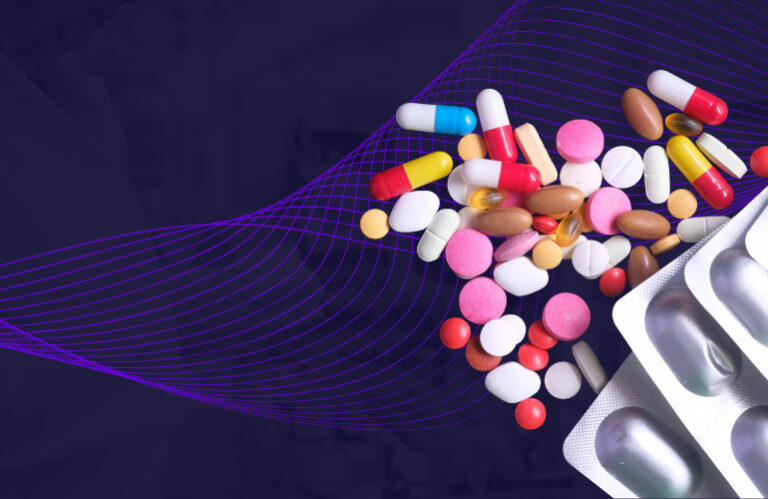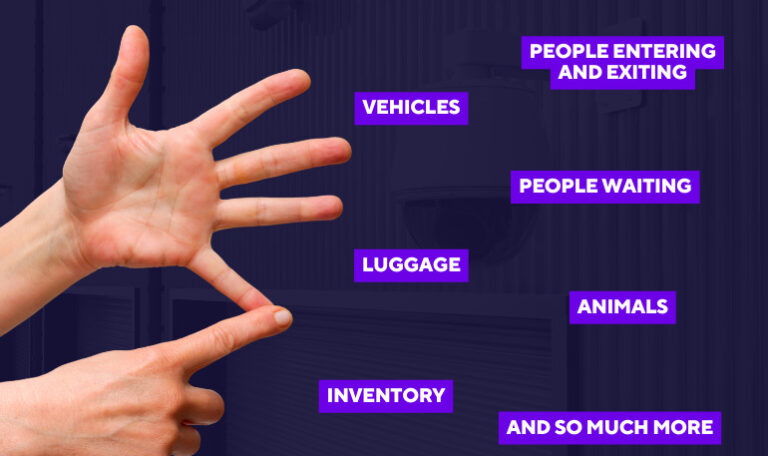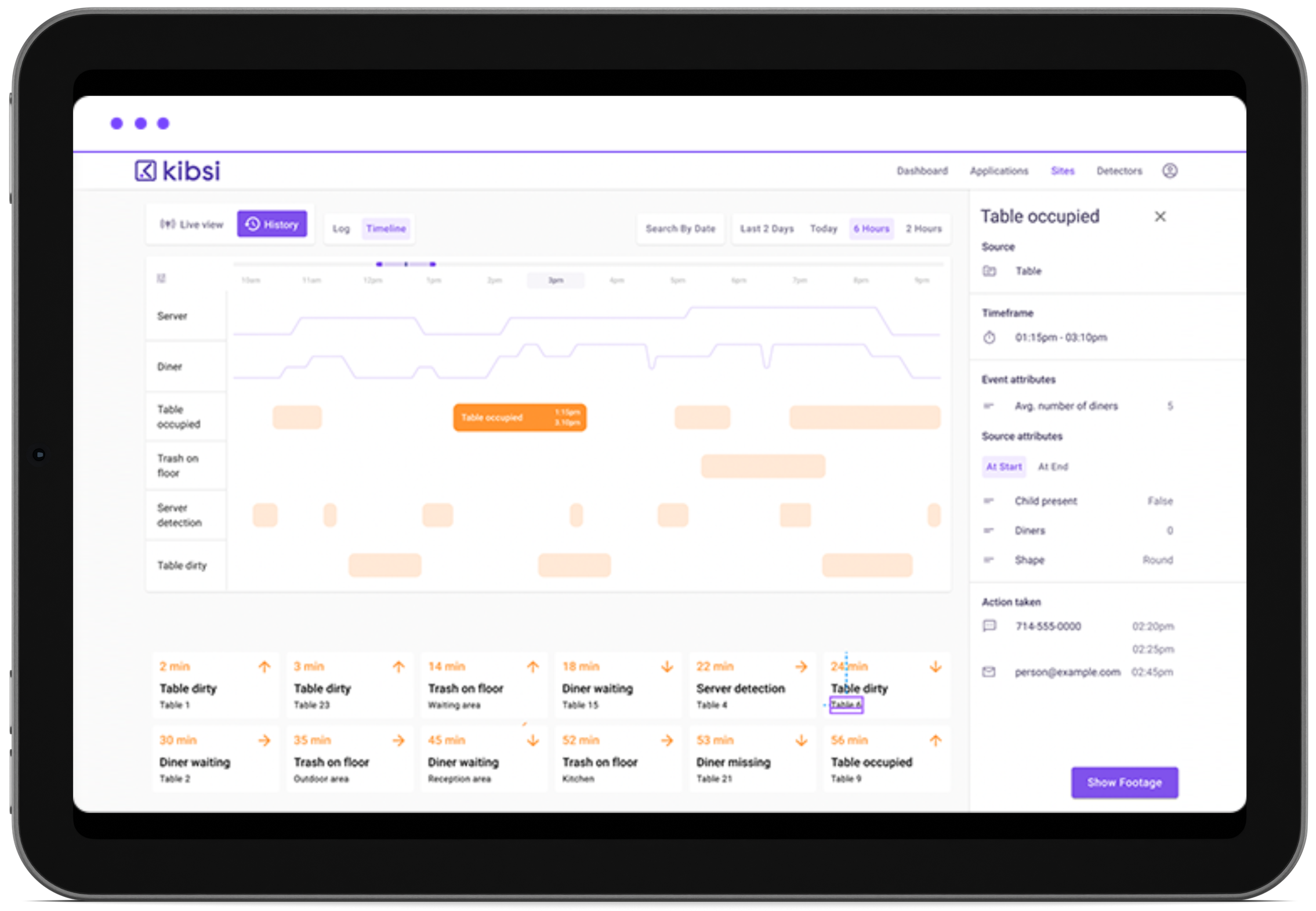Quality control is a critical aspect of pharmaceutical production, with safety and efficacy on the line. Pharmaceutical companies have started to adopt computer vision solutions driven by their need for faster and more efficient quality control methods. When it comes to pharmaceutical manufacturing, quality control refers to monitoring and controlling not just the quality of raw materials but also intermediates and finished products. In addition, monitoring standard operating procedures can also play a significant role in the quality of finished goods. This practice helps ensure that the drugs are safe, effective, and meet regulatory standards.
Among other things, quality control from pharma involves reviews, tests, and inspections throughout the development and production process. Even though it’s essential for safety, compliance, and consumer confidence, QC can be a costly investment both from a financial perspective and productivity. According to AX for Pharma, Pharmaceutical manufacturers estimate that quality control measures make up more than 20% of their overall production expenses. In addition to that, they frequently run at a utilization rate of less than 15% and acknowledge that 5-10% of their output will have to be discarded or redone.
Fortunately, computer vision is proving to be a valuable tool for pharmaceutical manufacturers (and many others) in the quality control process. This technology is automating many manual processes, increasing efficiency and accuracy, and reducing the risk of human error can deliver better quality controls at a significantly lower cost.
Computer vision uses algorithms and artificial intelligence to interpret and analyze visual information like images and video. Its ability to process extremely high volumes of data in real-time makes it an ideal tool for quality control in the pharmaceutical industry. This technology can not only help to identify problems more quickly. Still, it can also be used to identify the source of an issue so that preventative measures can be put in place.
Kibsi is a no-code computer vision platform that can add AI to virtually any camera to solve 1000s of business problems and provide new, valuable information. In the case of pharmaceutical manufacturing, for example, Kibsi can use existing video feeds (from security cameras or other sources) to automate the quality control process. For instance, Kibsi could detect bottle shape defects, perform counts or visual inspections on drugs, monitor temperatures during storage or packaging processes, and even help inspectors differentiate between different product codes – all tasks which would otherwise require human review or other costly labor-intensive approaches.
Instead of relying on manual inspections, Kibsi can automatically analyze video footage and detect even the smallest deviations from the norm. This speeds up the process and eliminates the chance of human error. The results, of course, are that only quality products are shipped, improving customer confidence and brand reputation, all at a lower cost than manual systems.
Here are some examples of how Kibsi’s computer vision platform helps pharmaceutical quality control:
- Image Analysis of Drug Samples
Manufacturers use computer vision to analyze images of drug samples to identify any inconsistencies, impurities, or contaminants in the manufacturing process. For example, identifying any particles that are larger than the specified size or shape and alerting the workers of a potential issue. - Quality Check of Packaging
Kibsi could be used to check the quality of packaging and labeling to ensure that the correct information is displayed and that there are no mistakes. This could include checking for flaws in blister packs, misalignment of labels, or missing text. In short, ensuring that the products are shipped complete with accurate information. - Real-time Monitoring of Equipment
CV is also used to monitor the equipment used in the manufacturing process in real-time, detecting any malfunctions or issues that could affect the quality of the final product. Imagine a filling machine that Kibsi is monitoring. It could alert the operator if the machine stops working or if there are any leaks. - Identifying Defects in Raw Materials
Inspecting raw materials for defects, such as cracks or chips in a tablet, would ensure that only high-quality materials are used in the manufacturing process. Identifying any irregularity in the size or shape of a tablet is a typical example. - Quality Control in the Supply Chain
Another critical opportunity for computer vision is tracking and monitoring the supply chain to ensure that the right materials are being used at the right time and in the right place. For example, checking the barcodes on packages to ensure that the right products are used in each manufacturing stage.
Computer vision technology and Kibsi play a significant role in improving quality control in the pharmaceutical industry. From analyzing images of drug samples to monitoring equipment and supply chain processes, computer vision can automate manual tasks and increase accuracy and efficiency while reducing the risk of human error. And the results are spectacular: enhanced quality control processes, improved customer confidence and brand reputation, and ultimately safer and more effective drugs delivered to the market.







